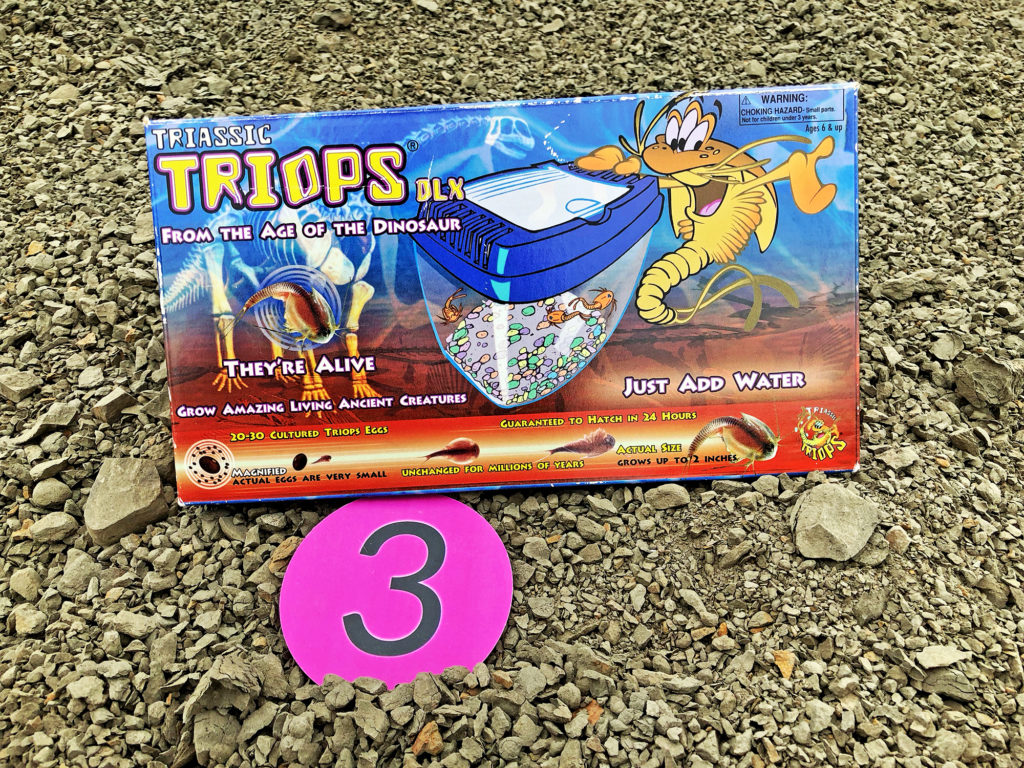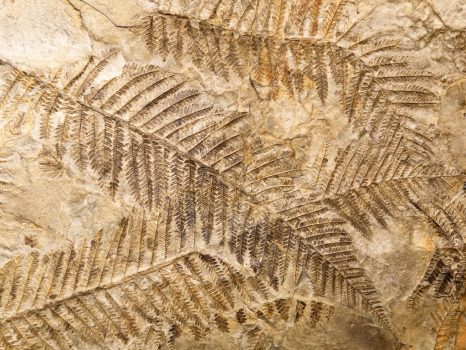
Living Fossils
Living Fossils
Some species remain remarkably similar to their ancestors far back in the fossil record.
Learning Outcome: Explain what a living fossil indicates and how the rate of change can vary in different species over time.


You can imagine how astonishing it would be to dig deep into the Earth and find a fossil from millions of years ago that appears strikingly similar to a species alive on Earth today. These “living fossils” are living species that are phenotypically similar to their long extinct ancestors.
This video introduces living fossils.

You may be wondering how a group of species could stay similar over long periods of time. One idea is “stabilizing selection,” that similar traits survive in each generation, instead of extreme traits. This make sense if habitats remain relatively unchanged over time.
In habitats with rapid changes in environmental conditions, “disruptive selection,” or survival of individuals with extremely different traits, may be favored.

Sturgeon fish are “living fossils,” with similar extinct species 200 million years back in time.
Even though living fossil species are alive on Earth today, in some cases they were more plentiful in the past. Crinoids are echinoderm living fossils that were more common in ancient oceans.
Watch this video; you can select the closed captioning “cc” option if you would like to see the text.
You can actually raise your own living fossil species with Triops eggs. Extant triops species look remarkably similar to fossilized specimens from 300 million years ago.
This is the update on our triops. Triops longicaudatus is popular as a pet because it is relatively easy to hatch out, can grow quite large, and live up to three months.
The next section explores how new species can form over time.











